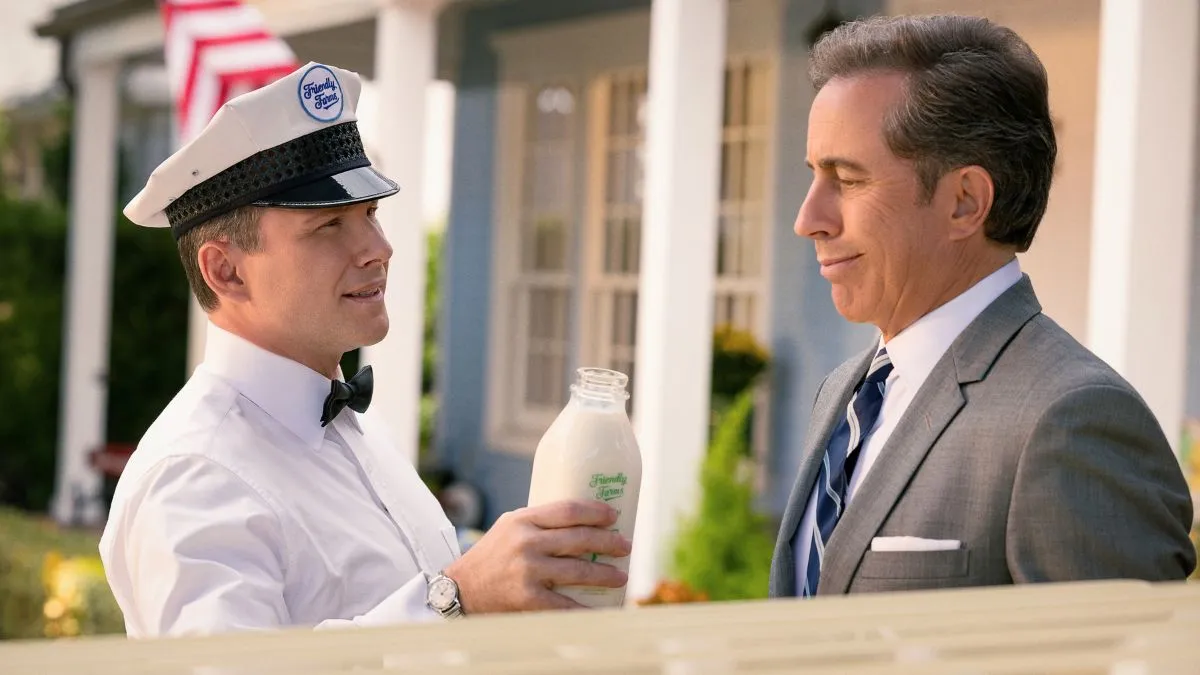Jerry Seinfeld’s directorial debut, “Unfrosted,” may have set out to celebrate the beloved breakfast treat, but its reception has been less than sweet. While packed with celebrity cameos and rapid-fire humor, the film has left audiences questioning just how much of its zany narrative is rooted in reality.
Is ‘Unfrosted’ based on a true story?
At the heart of “Unfrosted” lies a tale of fierce corporate competition and culinary innovation, set against the backdrop of Battle Creek, Michigan. While the film’s portrayal of espionage and intrigue may be entertaining, the truth behind the birth of Pop-Tarts is somewhat less sensational.
In reality, the race to develop a shelf-stable breakfast pastry did indeed unfold between Post and Kellogg’s, two titans of the cereal industry. However, there were no clandestine operations or stolen documents involved. Instead, the origins of Pop-Tarts can be traced back to Stan Reesman of Post, who drew inspiration from unconventional sources to create a dehydrated fruit filling with an extended shelf life.
The Birth of a Breakfast Icon: From Post’s Country Squares to Kellogg’s Pop-Tarts
Contrary to the film’s narrative, Kellogg’s did not initially develop the concept of Pop-Tarts in response to stolen research from Post. Instead, Bill Post, a Keebler employee unrelated to the cereal giant, played a pivotal role in crafting a similar product after hearing of Post’s innovations. Dubbed “Trat-Pop” in the film, the eventual name “Pop-Tarts” was inspired by the pop art movement of the era, rather than by a fictional encounter with Andy Warhol.
While “Unfrosted” takes creative liberties with its portrayal of historical events, it does pay homage to several real-life figures who shaped the breakfast landscape. Characters such as Harold von Braunhut, Jack LaLanne, and Ettore Boiardi serve as inspiration for the eclectic cast assembled by Seinfeld, adding a layer of authenticity to the film’s eccentric world.
Separating Fact from Fantasy: The Legacy of “Unfrosted”
As “Unfrosted” continues to spark debate among audiences, it’s important to remember that while the film may take liberties with historical accuracy, its primary goal is to entertain. Jerry Seinfeld himself has acknowledged the film’s departure from reality, describing it as “complete lunacy” tempered with elements of truth.
In the end, “Unfrosted” stands as a testament to the enduring allure of Pop-Tarts and the imaginative spirit of filmmaking. While its reception may be mixed, there’s no denying the film’s ability to capture the whimsy and nostalgia associated with a beloved breakfast staple.

